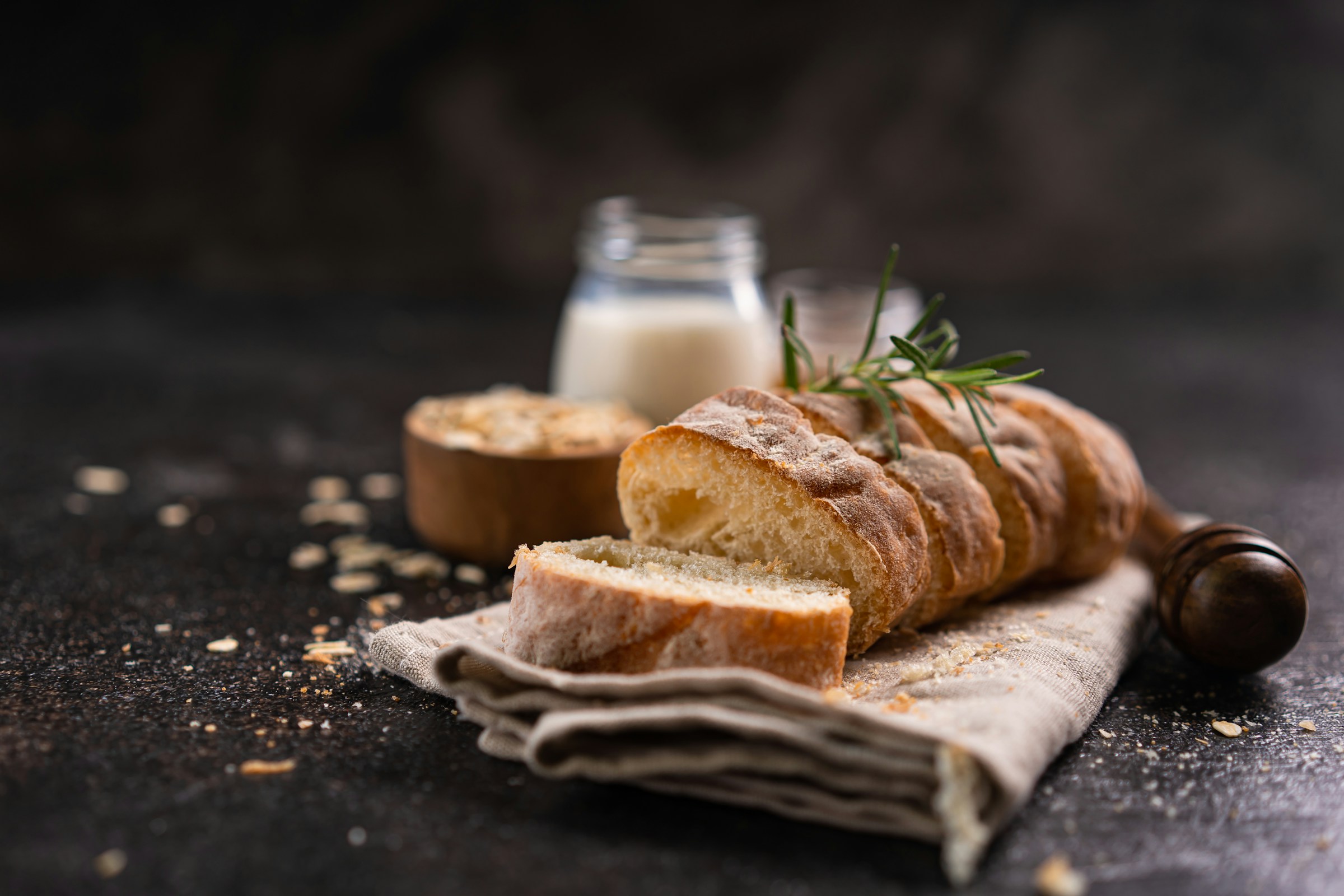Mastering the Art of Perfectly Crispy Homemade Cannoli Shells: Your Ultimate Guide
Understanding the Basics of Cannoli
Before we dive into the nitty-gritty of making perfectly crispy homemade cannoli shells, it’s essential to understand the origins and basics of this beloved Italian dessert. Cannoli are a staple of Sicilian cuisine, consisting of tube-shaped shells filled with a sweet, creamy ricotta filling, often garnished with chocolate chips and powdered sugar.
The traditional Sicilian cannoli recipe involves a delicate balance of ingredients and cooking techniques to achieve the perfect crispness of the shells. Here’s a brief overview of what you’ll need to get started:
Topic to read : Mastering the Art of a Flaky Crust: Your Ultimate Guide to a Delicious Traditional Apple Crumble
- Ingredients: All-purpose flour, lard or vegetable shortening, vinegar, eggs, salt, and water.
- Equipment: A mixing bowl, a pasta machine or a rolling pin, a deep frying pan, and cannoli tubes.
- Filling: Ricotta cheese, confectioner’s sugar, vanilla extract, and chocolate chips.
Preparing the Dough for Your Cannoli Shells
The dough is the foundation of your cannoli shells, and its preparation requires precision and patience.
Mixing the Dough
To make the dough, you will need to combine the following ingredients in a mixing bowl:
Also read : Mastering the Art of Classic English Bubble and Squeak: Tips for the Ideal Flavor Balance
- 2 cups of all-purpose flour
- 2 teaspoons of lard or vegetable shortening
- 1 teaspoon of vinegar
- 1 egg
- A pinch of salt
- Water as needed
Mix the ingredients until they form a cohesive dough. If using a stand mixer, use the dough hook attachment to knead the dough for about 10 minutes. If doing it manually, knead the dough for approximately 15-20 minutes until it becomes smooth and elastic.
Resting the Dough
Once the dough is kneaded, wrap it in plastic wrap and let it rest for at least 30 minutes. This step is crucial as it allows the gluten in the dough to relax, making it easier to roll out later.
Rolling Out the Dough
After the dough has rested, it’s time to roll it out. You can use either a pasta machine or a rolling pin to achieve the desired thinness.
- Using a Pasta Machine: Start at the thickest setting and gradually decrease the thickness as you roll out the dough. Aim for a thickness of about 1/16 inch (1.5 mm).
- Using a Rolling Pin: Roll the dough out to a uniform thickness of about 1/16 inch (1.5 mm).
Cutting and Shaping Your Cannoli Shells
Once the dough is rolled out, it’s time to cut and shape your cannoli shells.
Cutting the Dough
Use a round cookie cutter or the rim of a glass to cut out circles of dough. You can also use a cannoli cutter if you have one.
Shaping the Shells
Wrap each dough circle around a cannoli tube, overlapping the edges slightly and pressing them together to seal the shell. Make sure the edges are well-sealed to prevent the shell from opening up during frying.
Frying Your Cannoli Shells to Perfection
Frying is the critical step that gives your cannoli shells their signature crispness.
Heating the Oil
Heat about 2-3 inches (5-7.5 cm) of vegetable oil in a deep frying pan to around 375°F (190°C). Use a thermometer to ensure the oil reaches the correct temperature.
Frying the Shells
Carefully place the shaped cannoli shells into the hot oil, being careful not to overcrowd the pan. Fry the shells until they are golden brown, which should take about 2-3 minutes on each side.
Draining Excess Oil
Once fried, remove the shells from the oil with a slotted spoon and place them on a paper towel-lined plate to drain excess oil.
Cooling and Filling Your Cannoli
After frying, let the shells cool completely before filling them.
Preparing the Ricotta Filling
To make the ricotta filling, you will need:
- 1 cup of ricotta cheese
- 2 tablespoons of confectioner’s sugar
- 1 teaspoon of vanilla extract
- Chocolate chips for garnish
Mix the ricotta cheese, confectioner’s sugar, and vanilla extract until smooth. Chill the filling in the refrigerator for at least 30 minutes before using.
Filling Your Cannoli
Once the shells are cool, fill them with the ricotta filling using a piping bag or a spoon. Garnish with chocolate chips and powdered sugar.
Tips for Achieving Ultimate Crispness
Here are some tips to ensure your homemade cannoli shells are perfectly crispy:
Use the Right Oil
- Choose the right oil: Use a vegetable oil with a high smoke point, such as peanut or canola oil, for frying.
- Maintain the temperature: Keep the oil at the correct temperature to prevent the shells from absorbing too much oil.
Don’t Overcrowd the Pan
- Fry the shells in batches to ensure they have enough room to cook evenly.
Dry the Shells
- After frying, place the shells on a paper towel-lined plate to drain excess oil.
Store Properly
- Store the fried shells in an airtight container to maintain crispness.
Practical Insights and Actionable Advice
Here are some practical insights and actionable advice to help you master the art of making perfectly crispy homemade cannoli shells:
Use a Pasta Machine
- If you have a pasta machine, use it to roll out the dough to a uniform thickness. This will help in achieving consistent crispness.
Chill the Filling
- Chill the ricotta filling before using it to fill the cannoli shells. This will help in preventing the filling from becoming too runny.
Attend a Cooking Class
- If you’re new to making cannoli, consider attending an online cooking class or a local cooking workshop to learn hands-on techniques. For example, classes at Flour Power Cooking Studios in Frisco, Texas, offer a variety of culinary classes that could help you refine your skills.
Detailed Bullet Point List: Ingredients and Equipment Needed
Here is a detailed list of the ingredients and equipment you will need to make perfectly crispy homemade cannoli shells:
Ingredients:
- 2 cups of all-purpose flour
- 2 teaspoons of lard or vegetable shortening
- 1 teaspoon of vinegar
- 1 egg
- A pinch of salt
- Water as needed
- Ricotta cheese for the filling
- Confectioner’s sugar for the filling
- Vanilla extract for the filling
- Chocolate chips for garnish
- Powdered sugar for garnish
Equipment:
- Mixing bowl
- Pasta machine or rolling pin
- Deep frying pan
- Cannoli tubes
- Slotted spoon
- Paper towels
- Piping bag or spoon for filling
Comprehensive Table: Comparison of Traditional and Modern Methods
Here is a comprehensive table comparing traditional and modern methods of making cannoli shells:
| Method | Traditional | Modern |
|---|---|---|
| Dough Preparation | Manual kneading | Stand mixer with dough hook |
| Rolling Out Dough | Rolling pin | Pasta machine |
| Frying Oil | Lard or olive oil | Vegetable oil with high smoke point |
| Frying Temperature | Estimated temperature | Use of thermometer |
| Cooling Shells | Air cooling | Cooling rack |
| Filling Preparation | Manual mixing | Electric mixer |
| Filling Tools | Spoon | Piping bag |
Quotes and Anecdotes
Here are some quotes and anecdotes that add a personal touch to the article:
- “Making cannoli is an art that requires patience and practice. The key to perfectly crispy shells is in the details – from the temperature of the oil to the way you seal the edges of the dough,” says Maria, a Sicilian chef who has been making cannoli for over 20 years.
- “I remember my grandmother teaching me how to make cannoli when I was just a child. She would always say, ‘The secret to crispy shells is in the resting of the dough.’ It’s a tradition that I continue to this day,” shares Giovanni, a food blogger specializing in Italian cuisine.
Making perfectly crispy homemade cannoli shells is a journey that involves precision, patience, and practice. By following the steps outlined in this guide, using the right ingredients and equipment, and adhering to traditional techniques with modern twists, you can create cannoli that rival those found in Italian bakeries. Whether you’re a seasoned chef or a culinary novice, the art of making cannoli is a rewarding experience that will leave you and your guests in awe of your culinary skills. So, go ahead, make your own cannoli, and enjoy the delightful combination of crispy shells and creamy ricotta filling that this Sicilian dessert has to offer.







